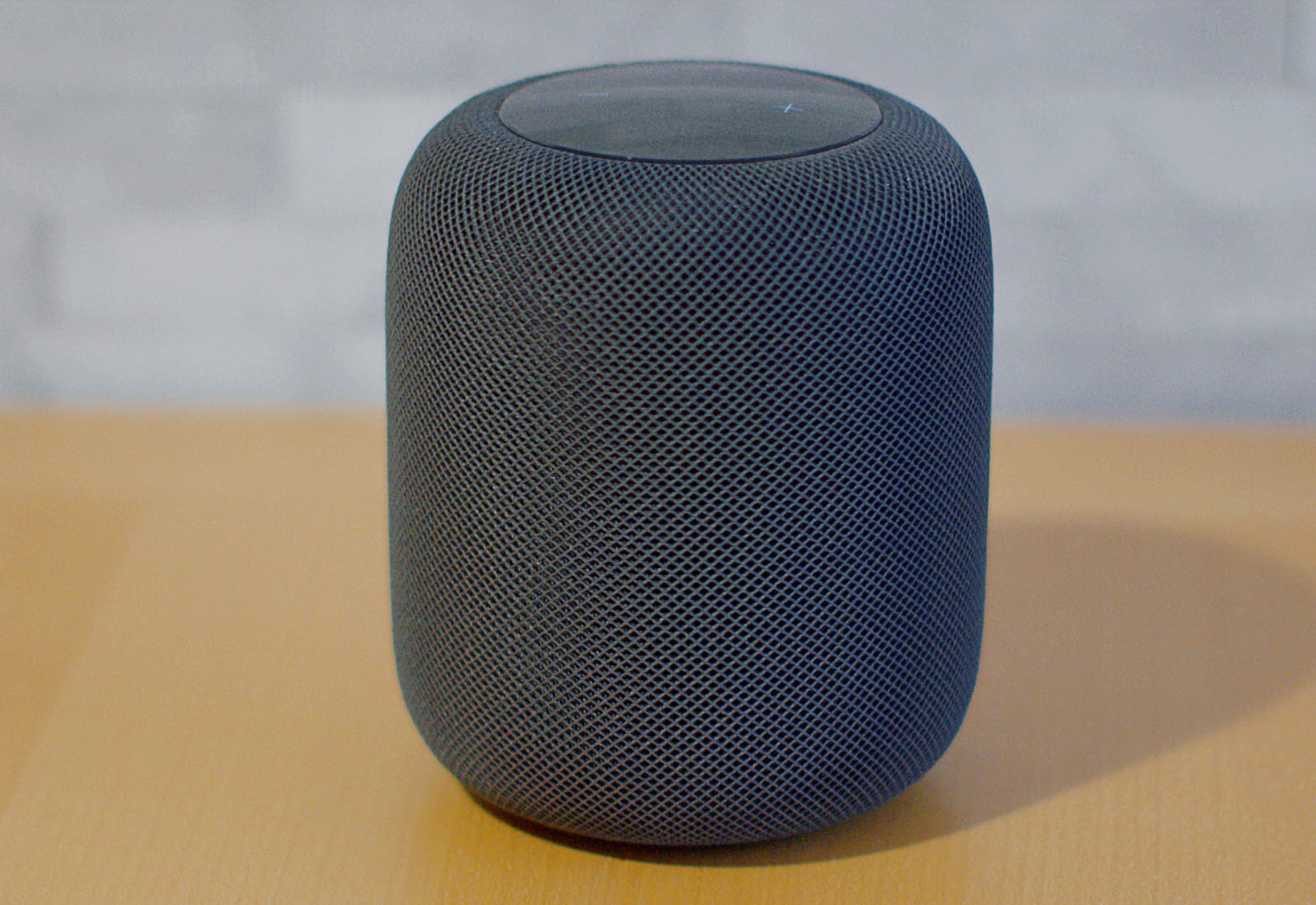A new report from Bloomberg suggests that Apple’s $349 HomePod smart speaker costs the company around $216 in components, giving Apple a 38 percent margin.
If accurate (and we’ll come to that!), the figures suggest that despite charging users considerably more money than Amazon and Google charge for their rival smart speakers, Apple is actually earning smaller margins than Google Home’s 66 percent and Amazon Echo’s 56 percent.
But the numbers almost certainly don’t tell the whole story.
Adding up component costs
Bloomberg‘s figures are based on adding up component prices, carried out by analysis firm TechInsights. The report notes that, compared to the Apple Watch and iPhone, Apple is taking a chunk out of its normal profit margins to establish the HomePod.
“Apple is compressing their margins a bit, wanting to go big or go home,” Al Cowsky, TechInsight’s costing manager, is quoted as saying. “In doing so, I suspect they reduced the selling price from a normal Apple margin in order to sell more units on volume.”
The report notes that the majority of HomePod’s costs come from its high end speaker technology, which includes the various microphones, tweeters, the woofer and the power management components. These supposedly add up to $58, with an extra $60 covering smaller parts like the lighting system used to display the Siri animation, $25.50 for Apple’s A8 chip, external housing and other items costing $25, and manufacturing, testing, and packaging coming to $17.50. (That adds up to $186, so presumably TechInsight is included some other costs in there, too.)
Not the whole story
So why do the figures probably not tell the whole story? Because firstly they don’t have access to whatever component prices Apple does. Because of the amount of money Apple gives its suppliers, and its ability to leverage them against one another to bid down prices, it can get component prices that no-one else can — and ones that manufacturers are unlikely to want to share.
The bigger point, however, is that the $216 figure doesn’t take into account Apple’s R&D spend over the time it has been developing HomePod.
Previous reports have suggested that Apple has been working on its speaker since before Google or Amazon launched their own versions. Since then, Apple’s R&D spend as a proportion of its earnings has been higher than at any point since the original iPhone. While that’s not all going to relate to HomePod, it’s not a figure that’s factored in to these figures. (Unless that’s where the missing $30 comes from!)
On top of this, while margins are undoubtedly important, the fact that HomePod sells for more than Google Home or Amazon Echo means that Apple is still making more cash per unit sold than lower cost rivals.
Source: Bloomberg


